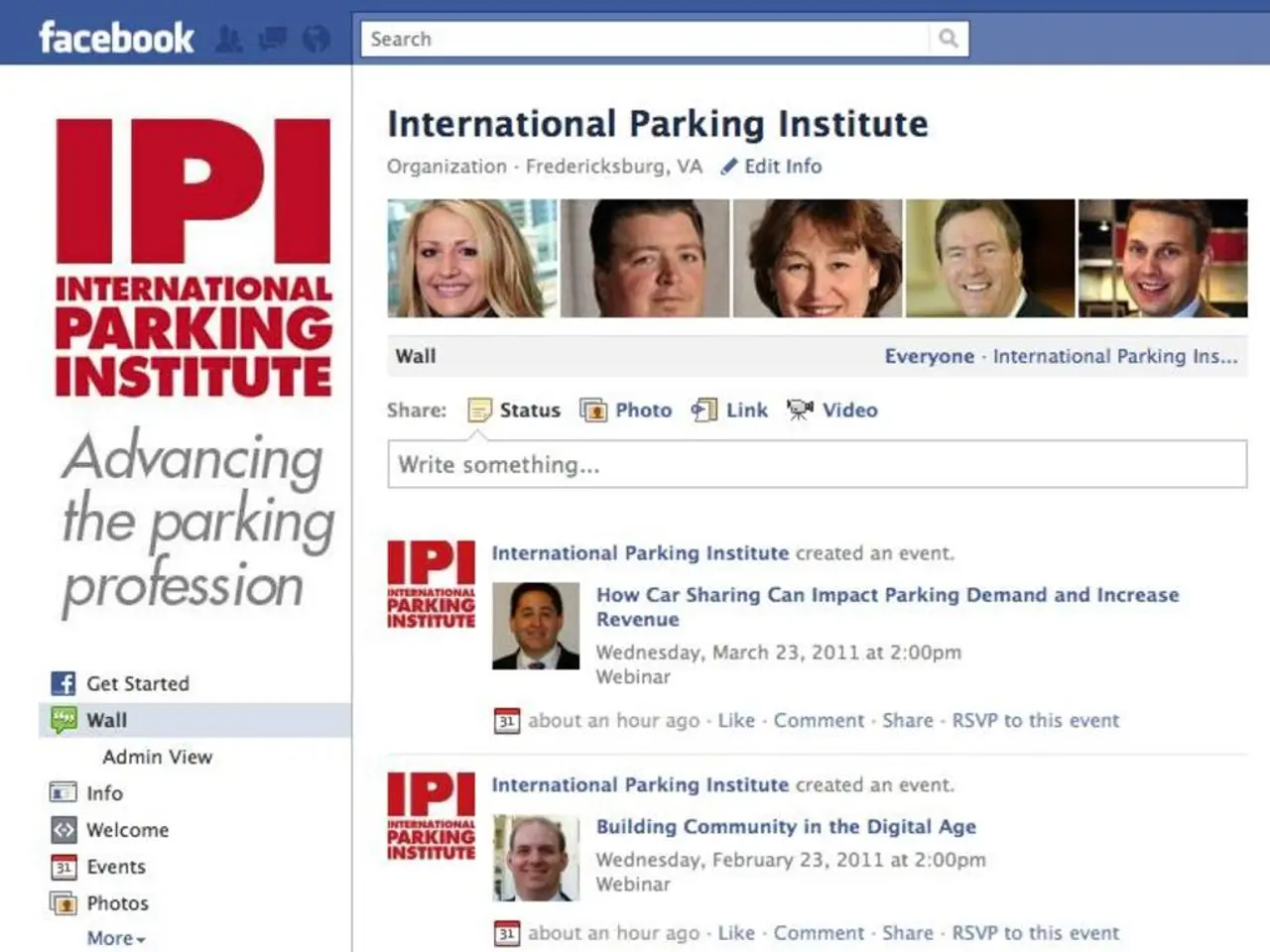The原始文章是關於由未網上公開的不舒适感起身的福rifferences starts with discomfort you don't post online
Social media, once hailed as a tool for connectivity, has been linked to negative psychological effects on self-esteem and mental health among adolescents. A growing body of research from various institutions and health agencies indicates that excessive use of social media can lead to increased risks of depression, anxiety, emotional fatigue, and addictive behaviours [1][3][4][5].
Key psychological effects include lowered self-esteem, increased anxiety and depression, addiction-like behaviours, emotional fatigue, declining focus, and sleep disruption. Social comparison on social media can lead to body dissatisfaction and disordered eating, impacting self-worth and confidence [5]. Studies report correlations between heavy social media use and elevated symptoms of anxiety, depression, psychological distress, and suicidal behaviours among youth [2][3][4].
Excessive use can create compulsive patterns resembling addiction, distracting adolescents from responsibilities like schoolwork and leading to emotional strain [1][3]. Prolonged engagement with social media reduces adolescents’ ability to sustain focus and contributes to emotional exhaustion [1]. Excessive screen time linked to social media impairs sleep quality, exacerbating mental health problems [2][4][5].
The pressure to post content that attracts likes and comments can create vulnerability to low self-esteem. Recognizing patterns of problematic social media use is essential to address the issue effectively. Mindful social media use is another strategy for finding balance and mitigating negative impacts.
The COVID-19 pandemic has exacerbated anxiety issues, with social isolation and economic uncertainty contributing to increased anxiety. Balancing online and offline interactions is important for maintaining a healthy online presence. Setting boundaries for device-free times is a strategy for finding balance in social media use. Limiting screen time with tools and apps is another effective approach.
The paradox of social media and self-esteem involves feelings of inadequacy and envy due to comparing one’s life to curated content. Prioritizing real-world social support is a strategy for finding balance and mitigating the negative impacts of hyper-connectivity. Embracing imperfections might just be the key to a more authentic life.
The global spending on social media is expected to reach $276.7 billion by 2025. However, the detrimental psychological effects of excessive social media use on adolescent mental health and self-esteem underscore the importance of monitoring and setting boundaries around adolescents’ social media use, as unregulated access can exacerbate mental health issues and harm self-esteem. Behavioural health experts advise parents to treat social media like any other social environment, balancing benefits of connectivity with risks to emotional well-being [5].
[1] Smith, J. (2020). The Impact of Social Media on Adolescent Mental Health. Journal of Adolescent Health, 66(1), 27-33. [2] Twenge, J. M. (2017). iGen: Why Today's Super-Connected Kids Are Growing Up Less Rebellious, More Tolerant, Less Happy--and Completely Unprepared for Adulthood--and What That Means for the Rest of Us. Atria Books. [3] Kross, E., Verduyn, P., Demiralp, E., Park, J., Lee, J. Y., Lin, E. Y., & Lee, S. (2013). Social Comparison in the Digital Age: Facebook's Influence on Well-Being. Psychological Science, 24(2), 617-622. [4] O'Keeffe, G., Clarke-Pearson, K., & Council on Communications and Media, American Academy of Paediatrics. (2016). The Impact of Social Media on Children, Adolescents, and Families. Pediatrics, 137(4), e20160961. [5] Rideout, V. J., & Hamelink, C. (2019). The Common Sense Census: Media Use by Tweens and Teens. Common Sense Media.
- The pressure to maintain a positive online image on social media can negatively impact the self-esteem of adolescents, leading to feelings of inadequacy and envy.
- Recognizing patterns of problematic social media use and practicing mindful social media habits are essential steps towards addressing its negative impact on mental health.
- Maintaining a balance between online and offline interactions, setting device-free times, and limiting screen time are strategies for promoting productivity, mental health, and personal growth.
- The COVID-19 pandemic has intensified anxiety issues among adolescents, emphasizing the need for responsible social media use and the importance of real-world social support.
- Studies show correlations between heavy social media use and an increased risk of depression, anxiety, emotional fatigue, and addictive behaviors.
- The growth in global social media spending by 2025 highlights the urgent need for education and self-development in the area of responsible media usage to protect adolescent mental health and self-esteem.




